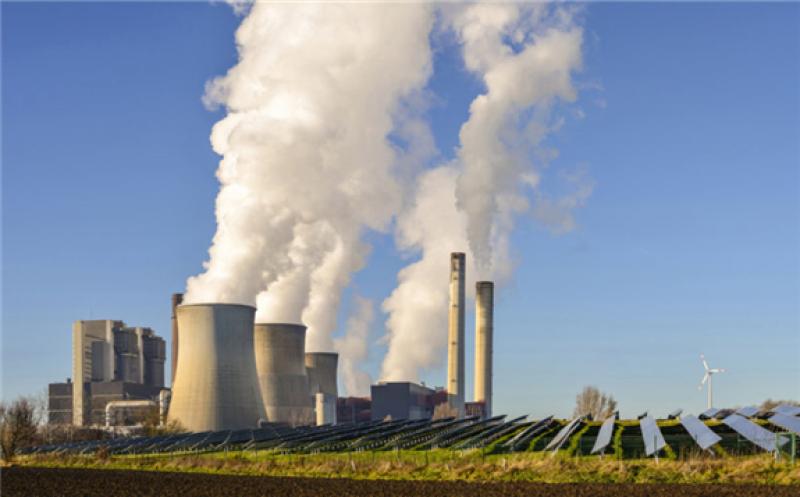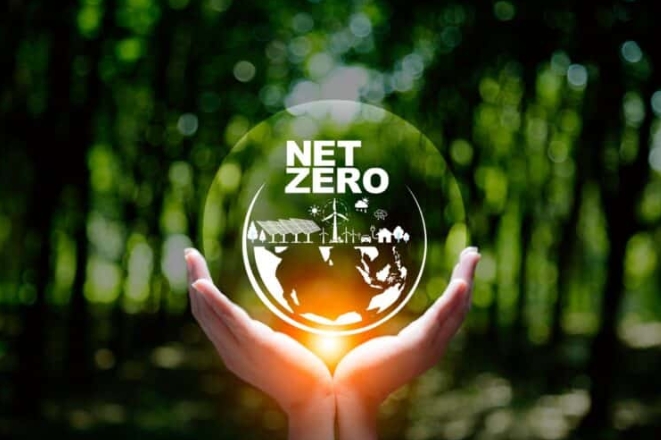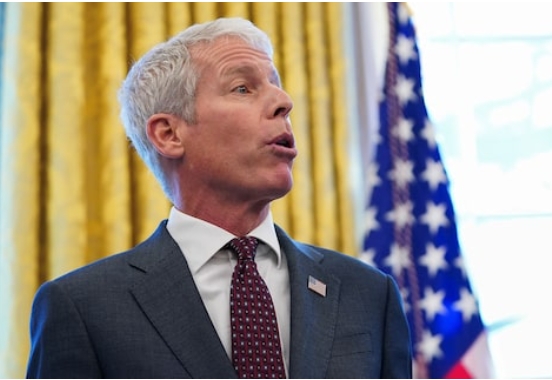In the coming months, governments around the globe will pump trillions in public spending to try to stimulate economic recovery. How this money is used will mean the difference between seeing a big rebound in CO2 emissions, or setting the world on a more sustainable pathway through investing in renewables and low-carbon alternatives.

A new analysis of 2019 global power generation by climate think tank Ember, shows coal-fired electricity generation, as well as power sector CO2 emissions, recorded the biggest falls in at least thirty years in 2019. Coal generation fell by 3%, and power sector emissions fell by 2%. These results were unexpected and point to a possible acceleration in the ongoing energy transition.
From the evidence, however, it is not yet clear that falling coal generation is the “new normal.” Some of this decline was due to an increase in wind and solar installations. But some can be attributed to one-off factors, such as slower economic growth, coal-to-gas switching in Europe, and nuclear restarts in Japan and South Korea.
Ember has also been tracking the impact of COVID-19 on energy trends. Electricity demand in Hubei province is still down 30% year-on-year two months after the outbreak first struck in China. Italy, the first country in Europe on lockdown, registered a 25% fall in electricity demand last week. China’s total electricity demand in January and February was 8% below last year’s, and thermal (mostly coal) generation was 9% below, although we note a steady rise in electricity demand during March 2020, still below 2019 levels, but much improved relative to the slide in February.
As a result, it is clear that global electricity demand will be materially impacted in 2020 and global coal generation will fall again this year, likely more than the record 3% seen last year.
The 2019 results indicate that the global electricity transition is well underway. Aging coal-fired plants are also being retired in many parts of the world and being replaced steadily with low-carbon alternatives and renewables.
SOLAR AND WIND ARE REACHING A TIPPING POINT, INCREASINGLY COST COMPETITIVE WITHOUT SUBSIDIES AGAINST THE INCUMBENT GENERATORS, which points to renewables becoming mature enough to rapidly scale up. Wind and solar accounted for 8% of global electricity production in 2019, up from only 3% just six years before.
What’s more, solar and wind are not limited to countries with environmentally forward-looking policies. They provided substantial electricity in most countries in the world. In 2019, 8% of India’s electricity was from solar and wind, 9% for China and Japan, 10% for the U.S. and Brazil, 15% for Australia, and 18% for the European Union (EU). Within the EU, wind and solar generation in Germany was 29%, and Spain, Greece and the UK have well over 20%.
Coal generation fell in the EU and the U.S. by 24% and 16% respectively in 2019 year-on-year, and coal generation is now at half the level of 2007 in both regions.
ALTHOUGH ONE-THIRD OF THE DECLINE IN U.S. THERMAL COAL WAS REPLACED WITH SUSTAINABLE WIND AND SOLAR, two-thirds shifted to another only slightly less carbon-intensive fossil fuel – gas. Swapping coal for gas throughout the last 12 years has undermined the greenhouse gas emissions (GHG) benefits of coal’s decline. However, increased energy efficiency has kept U.S. electricity demand flat over the last decade, decoupled from economic growth, a dramatic reminder of energy efficiency’s potential for reducing GHG emissions globally.







